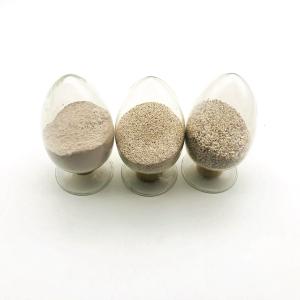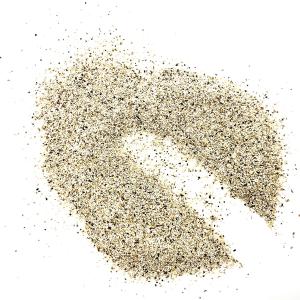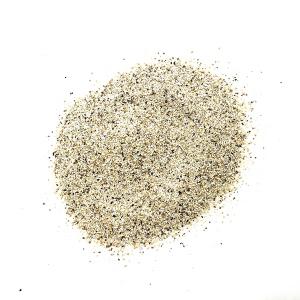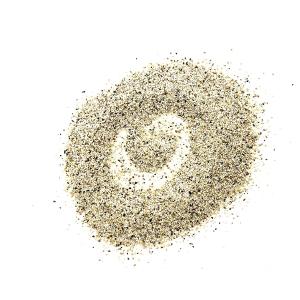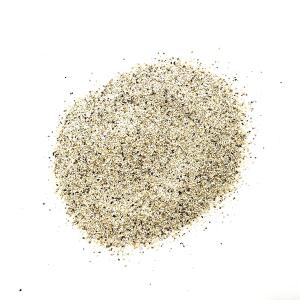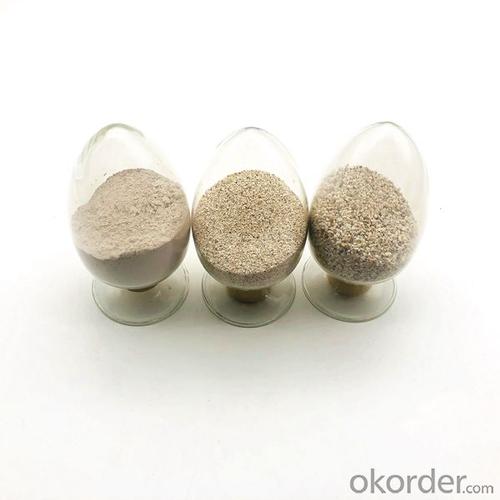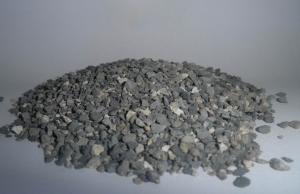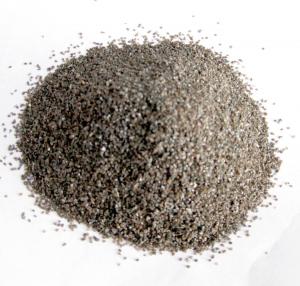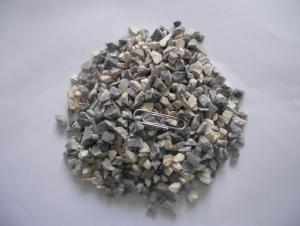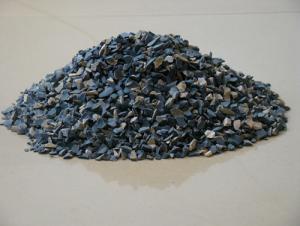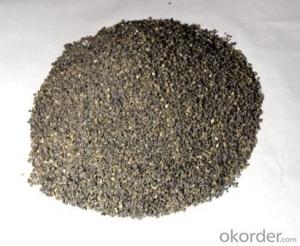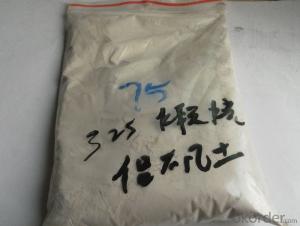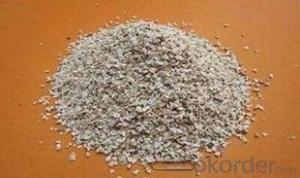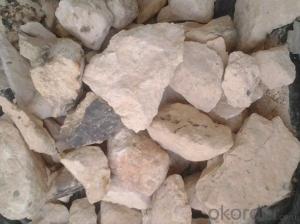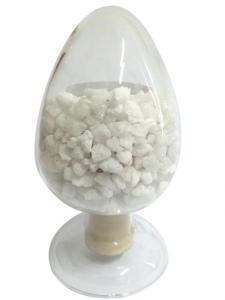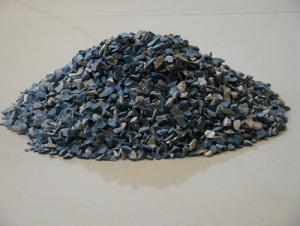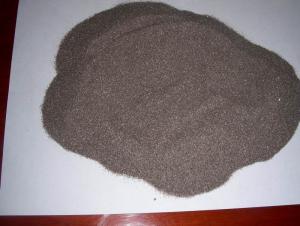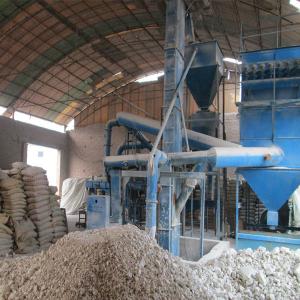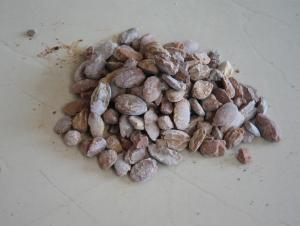Mullite Sand For Investment Casting Grains and Powder
- Loading Port:
- China main port
- Payment Terms:
- TT or LC
- Min Order Qty:
- 25 m.t.
- Supply Capability:
- 300 m.t./month
OKorder Service Pledge
OKorder Financial Service
You Might Also Like
Product Description
Quick Details
Place of Origin:China
Mullite
SiO2 Content (%):
51%~53%
Al2O3 Content (%):
45%~46%
MgO Content (%):
≤0.6%
CaO Content (%):
≤0.6%
Product name: Mullite
Payments terms: 1. 100% L/C at sight 2. 30% T/T prepayment, balance against BL copy
Delivery Time: Within 30 days after receiving L/C or 30% T/T prepayment
Advantage: Timely Shipment, High quality, Good performance
Packing: 1mt/bag or as customers' requirements
Size: powder
Sample supply: free sample
Color: yellow
MOQ: 25Mt
Supply Ability
Supply Ability:300 Metric Ton/Metric Tons per Month
Packaging & Delivery
Packaging Details1MT/bag or as customers' requirements.
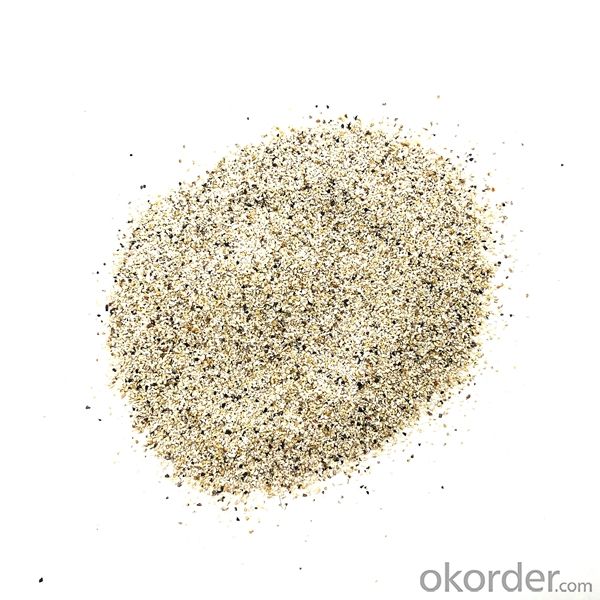
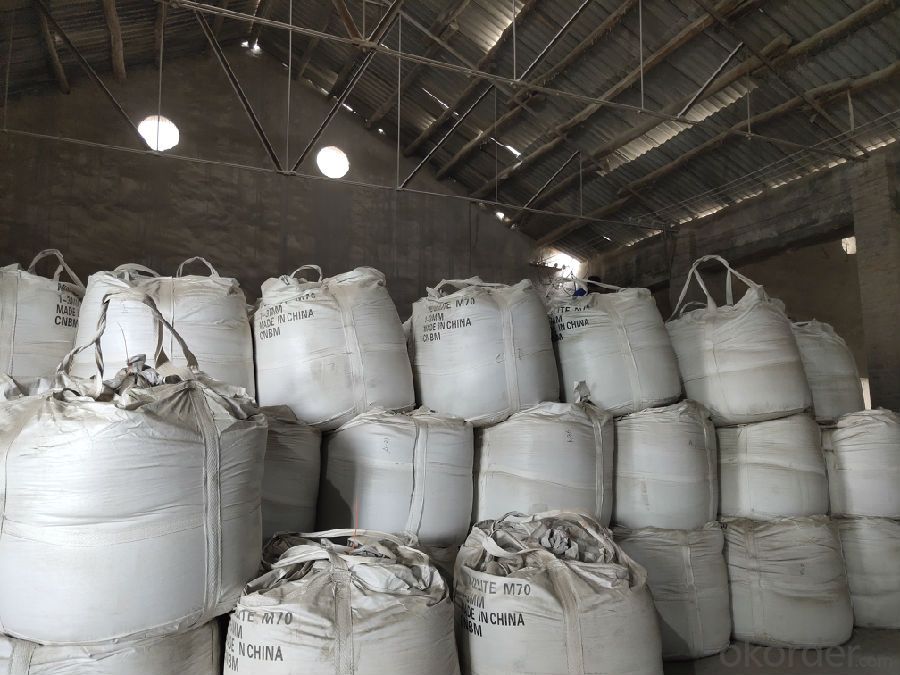
Features:
Mullite sand powder of aluminium silicate refractory material, generally used in stainless steel precision casting technology, refractory degrees 1750 degrees, mullite sand content of aluminum in more than 45%, iron content is below 1.2%, dust below 0.01%, indicating that the quality of mullite sand is the best. Casting the casting easy shelling, deformation, not easy to scale, good smoothness, high rate of finished products.
Item | Specification | Supper Grade |
1 | Al2O3 % | 45-46 |
2 | SiO2% | 51-53 |
3 | Fe2O3%≤ | 1.2 |
4 | K2O+Na2O%≤ | 0.2 |
5 | CaO+MgO2%≤ | 0.6 |
6 | TiO2%≤ | 0.08 |
7 | Density g/cm2)≥ | 2.6 |
8 | Flameresistant ℃≥ | 1750 |
9 | LOI %≤ | 0.3
|
10 | Size(mesh) | 16-30 |
11 | Dust-containing ‰≤ | 16-30mesh0.5 |
- Q: The fire prevention board line is made of what material?
- (1) if it's real wood floor, the line should be made of wood. The ready-made wooden line, walnuts, price range depends on the texture width. The common width is 100 mm. One linear meter is around $17 - $30. Paulownia is cheaper with one linear meter more than 10 yuan. When it is composite wood floor, high-density plate modelling line can be used. The price is commonly between 40 to 80 yuan (2400 x 1200 mm), which depends on the thickness and density and also the factory. There are also imitated wooden aluminium line. (3) if it's the marble ground, you would better use marble line, which is 200 yuan one square meter. It's price is also unequal. The imitated stone is also available. There are a lot of kicking decoration materials and it depends on how you use it. That is to say crural line should be coordinate with the ground. It means that it sjould not only to be beautiful but also to be practical. It would be better if it is relatively cheap as well.
- Q: What's the requirements of fire-fighting criteria of heat insulating material?
- Specific provisions go as the following article 8: roof grassroots adopted duration of fire resistance is the non-combustible component that shouldn't less than 1.00 h's. Its roof insulation materials should not be below B2; Otherwise, the combustion performance of insulating material should not be below the B1 level. Article 9: The junction of the roof and wall, the insulation layer around the opening part of roof should use the grade A thermal insulation material to set level fire-fighting belt that width is not less than 500 mm. Article 10: the roof waterproof membrane or flammable insulation layer should adopt incombustible material to cover.
- Q: Who knows the model of fireproofing materials?
- Models of fireproofing material: PC 6555 Bayer 6555 fireproofing PC 6557 Bayer 6557 fireproofing PC 6485 Bayer 6485 fireproofing PC 6385 Bayer 6385 fireproofing PC 6265 Bayer 6265 fireproofing PC 2865 Bayer 2865 fireproofing PC 4610 Dow 4610. Hope my answer will be helpful to you!
- Q: What's the function of aluminium dihydrogen phosphate on the refractories?
- Mainly used for binder of high-temperature furnace refractory. Characteristics of liquid aluminum dihydrogen phosphate, castable. solid used for refractory spraying coating, chamotte, ceramic construction, which has high break resistance after being dried in 350-500 ° C, phosphate bricks. Characteristics of the solid aluminum dihydrogen phosphate, binding agent used for castable and casting industry: together with the refractory aggregate, ramming mixes at room temperature: Easy to mix, crush resistance, hydration resistance, chamotte, will not become soft even if soaked or boiling in water, molding. Liquid use refractory spraying coating, mainly used for corundum, chrome corundum water gap in refractory industry. The production of chrome aluminum zirconium corundum brick for water-coal-slurry gasifier is especially suitable for site construction applications mainly used for the electrical industry, high-temperature kiln and furnace, hardener, after mixing between 90-110 ° C for 4-24 hours at a constant temperature, forming strong bonding strength, electrical insulation, heat treatment resistance furnace
- Q: What kind of foundry ingot refractory materials are there? Please be more detailed.
- This question is a little bit extensive, because there are too much foundry ingot refractory materials.
- Q: What are the requirements when producing fireproof materials by kaolin?
- Kaolin refractories in fact play a role in two aspects, one is to improve the refractoriness, the second is to improve plasticity of the the refractory . Aluminum content the higher the better, of course, but kaolin is not the only material to improve the content of aluminum, using materials that contain higher content of aluminum such as the bauxite chamotte. So the content of kaolin aluminum does not have to be too high. over 38% is fine. viscosity is important and strong viscidityis better without having to add bentonite. Refractoriness above 1400 degrees is enough.
- Q: what's the detailed address of fireproof and thermal inuslation matertial market?
- following are the detailed address of fireproof and thermal inuslation matertial market: Central China Building decoration materials market,Hanxi 1 road No 95, Xinyongan Tangcai decoration material makert, Jianghan district Tangcai road No 53, Baoye decoration material wholesale market, Wuhan Wuchang district Minzhu road No 620.
- Q: What's meaning of CN of fire-resistant material?
- The commonly used preparation methodsinclude shock compression, high-pressure pyrolysis, ion implantation, reactive sputtering, plasma chemical vapor deposition, electrochemicaldeposition, ion beam sputtering, , low-energy ion radiation, pulsed arc discharge,pulsed laser inducing, etc. But the compounding result of superhard materialis not ideal due to deposition of amorphous CN film, nanometer level sizedC3N4 crystalline grain set in the amorphous film and few large graincrystal.
- Q: who knows the technology of fireproofing material?
- First: Firstly, you should produce the recipe and prepare the raw materials, for example, if you prepare to produce 1 ton, you should compute the recipe sheet of 1 ton producing; check whether the raw materials are complete; second: make the color and filler thick liquid; add water in order and proper auxiliary in a low speed, then put color and filler (generally we should firstly add something with large oil absorption), wash the meachine after putting the powder. Then seperate them for about 20 miutes in a high speed, until the fineness is qualified; of course, if you need sander, i think you only need sino-soviet differential powder material and non-obvious particles. Third: Paint mixing period: after making the color and filler thick liquid, reduce the roll speed into about 600 roll per minute, add emulsion and proper auxiliary, finally adjust PH and viscosity. Liquid solvent paint, pigment paste: Resin,solvent and pigment ---〉pre mixing---〉stick---〉grinding--〉stick--〉packaging, highlight varnish: Resin, solvent ----〉mixing ----〉stick ----〉packaging, sub-gloss varnish: Resin, solvent----〉mixing----〉matting agent,stick----〉packaging, colored?paint: The primary colorant----〉Color matching by auxiliary color paste----〉stick----〉packaging, aluminum?paint: Aluminite powder soaking----〉resin----〉colour modulation, lustre adjusting----〉stick----〉packaging, powder coat: Resin,filler,pigment,auxiliary---〉mixing---〉extrusion---〉cooling---〉smashing---〉sieving---〉 packaging.
Send your message to us
Mullite Sand For Investment Casting Grains and Powder
- Loading Port:
- China main port
- Payment Terms:
- TT or LC
- Min Order Qty:
- 25 m.t.
- Supply Capability:
- 300 m.t./month
OKorder Service Pledge
OKorder Financial Service
Similar products
Hot products
Hot Searches
Related keywords
